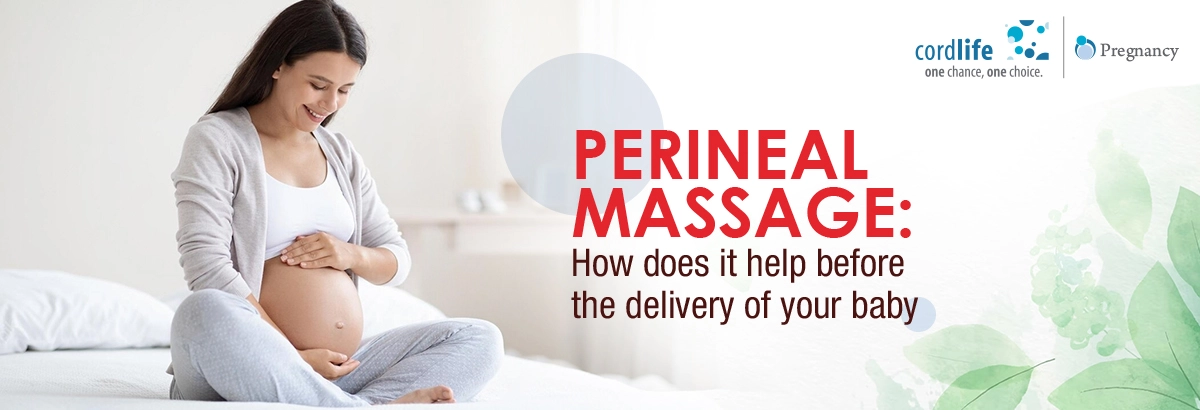Table of Contents
As you come closer to the date of delivery of your baby, your excitement knows no bounds. But, before snuggling and cuddling your little one in your arms, you might have to go through labour and delivery. Both can be challenging and painful. Make your labour, and delivery smooth by including pregnancy exercises and different types of massages. You can also consider adding perineal massages to your regime.
What is a Perineal Massage?
Some of the studies reveal that getting a perineal massage done during pregnancy or before labour is a way of preparing the perineum for childbirth. (The perineum is the area between the vaginal and anal openings and attaches to the muscles of the pelvic floor). Perineal massage is also a gentle and manual pattern of massaging the pelvic floor muscles as well as the skin between the vagina and rectum. Making the area flexible and stretchy with this massage is the goal.
What are the Benefits of Perineal Massage?
40% and 80% of you experience vaginal tearing at the time of childbirth. Vaginal tearing can damage the perineum and can result in urinary incontinence, uterine prolapse, and so on and so forth. Therefore, getting a perineal massage done during pregnancy, or before labour, and childbirth can be helpful as well as effective at this stage. But, how effective is perineal massage? The effectiveness of this massage includes:
Reduces the Risk of Vaginal Tearing
Nearly 4 to 8 of you out of 10 may give birth to your child vaginally, which can eventually lead to vaginal tearing. Two-thirds of you may also need stitches. But, you can prevent perineal tears and stitches with a perineal massage.
Lowers the Risk of Episiotomy
An episiotomy is just a small surgical cut in the perineum to enlarge the vaginal opening at the time of childbirth. Such a procedure would be risky with the possibility of pain and infection. You can even experience perineal pain after the birth of your baby. To prevent the infections, you can use ice packs, sitz baths, pain-relief medicines (as prescribed by the doctor), and get a perineal massage done at least a few weeks before your baby’s arrival.
Helps the Scar Tissue
Tearing, an episiotomy, or an emergency C – section during the delivery of your baby can be responsible for scar tissue within the uterine cavity. Include perineal massages to increase the elasticity of the perineal tissues and balm the scar tissue area.
Besides the above-mentioned advantages, you can reduce postpartum pain and the problem of urinary incontinence (leaking of urine occurring after childbirth).
When To Start Perineal Massage and How To Do It?
As you hit the 34th week of your pregnancy, discuss with your healthcare practitioner about including perineal massage in the last few weeks of your pregnancy, before labour, and during childbirth. You can either do it on your own or take the help of your partner or massaging expert to perform it for at least 5 minutes once or twice a day. Here are the steps to follow:
- Wash your hands properly.
- Keep your nails clipped.
- Find a comfy position for massaging. You can either lie down on your bed or on a sofa with your knees bent and legs open. Don’t forget to use some pillows to support the upper part of your body.
- Gently press your thumb in your vagina and go downwards to the rectum.
- Keep your perineal tissues lubricated with some of the best oils – vitamin E, coconut, almond, or olive oil. Whatever you use, try not to use synthetic oils or petroleum jelly.
- Once you get used to the technique, add Kegel exercises to stimulate the effects of the massage.
- Keep your mind and body relaxed as much as possible.
Doing perineal massage daily is a good way to prepare for labour and delivery. Just ensure the form and technique with your doctor so you don’t hurt your little one inside your womb. However, if you feel the slightest discomfort while getting the massage done, discuss it with your healthcare practitioner.
For getting more information on pregnancy, postpartum and cord blood banking, follow our blog page.
